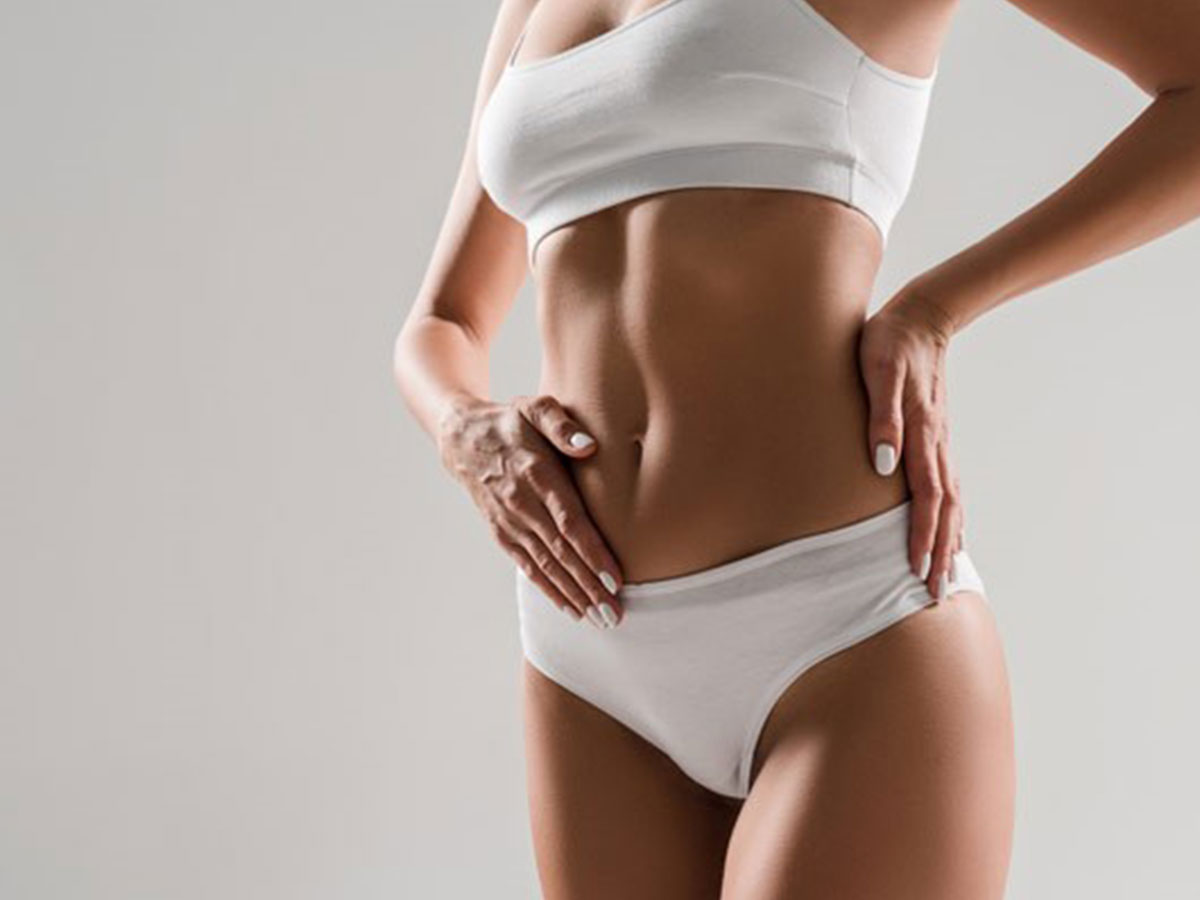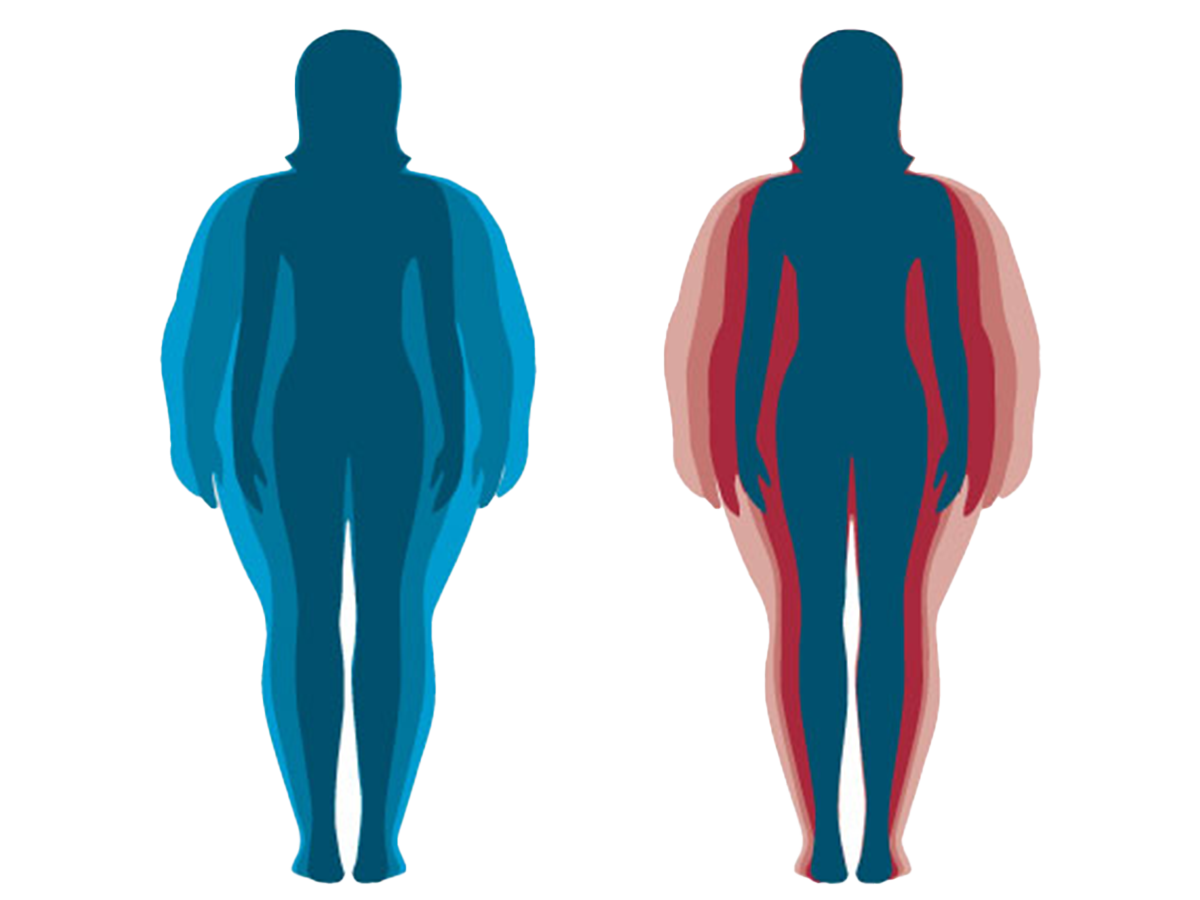
EMS & Body Contouring
- Jul 05, 2024

Standing on the scale or simply looking in a mirror is not the best way to judge body fat. Nor is either method a reliable way to rate the effectiveness of lifestyle changes if you are trying to lose weight.
For example, someone on a weight loss program may step on the scale and see that she has gained two pounds in six weeks. Imagine the disappointment this would cause. But, after having a body composition test done, assuming one was done at the start of her program, she may find that her body fat has gone down 6 pounds while her lean body mass has gone up 8 pounds. The scale reflects an increase in weight, but more importantly, body fat decreased!
Let's say another person has been told by his doctor to lose weight, so he drastically cuts calories and in 6 weeks, he has lost 8 pounds. He thinks he's on the right track, but when he goes back in to see his doctor, he's told that he lost 10 pounds of muscle and gained 2 pounds of fat! According to the scale, he lost "weight" but in reality he gained fat! Clearly, the scale is not the best predictor of body composition.
Similarly, a large-boned, muscular person may have a lower body fat percentage than a thin, small-boned person even though by looking at them you'd think the opposite was true.
Our device is FDA cleared as a Class II medical Device.
According to American Medical Association the Standardized Body Composition or Bioelectrical Impedance Analysis (BIA) protocol is in supine position on a flat surface. Other positions and devices that require standing on a scale or holding gears are not standard and accordingly not eligible for the AMA 0358T CPT Code.
Our device is FDA cleared as a Class II medical Device.
Standardized Body Composition or Bioelectrical Impedance Analysis (BIA) protocol
muscular person may have a lower body fat percentage than a thin
Still need more info? Please give us a call or text at Dr. Neda Naturopathy Clinic at (949) 434-0425 today to schedule a consult session!